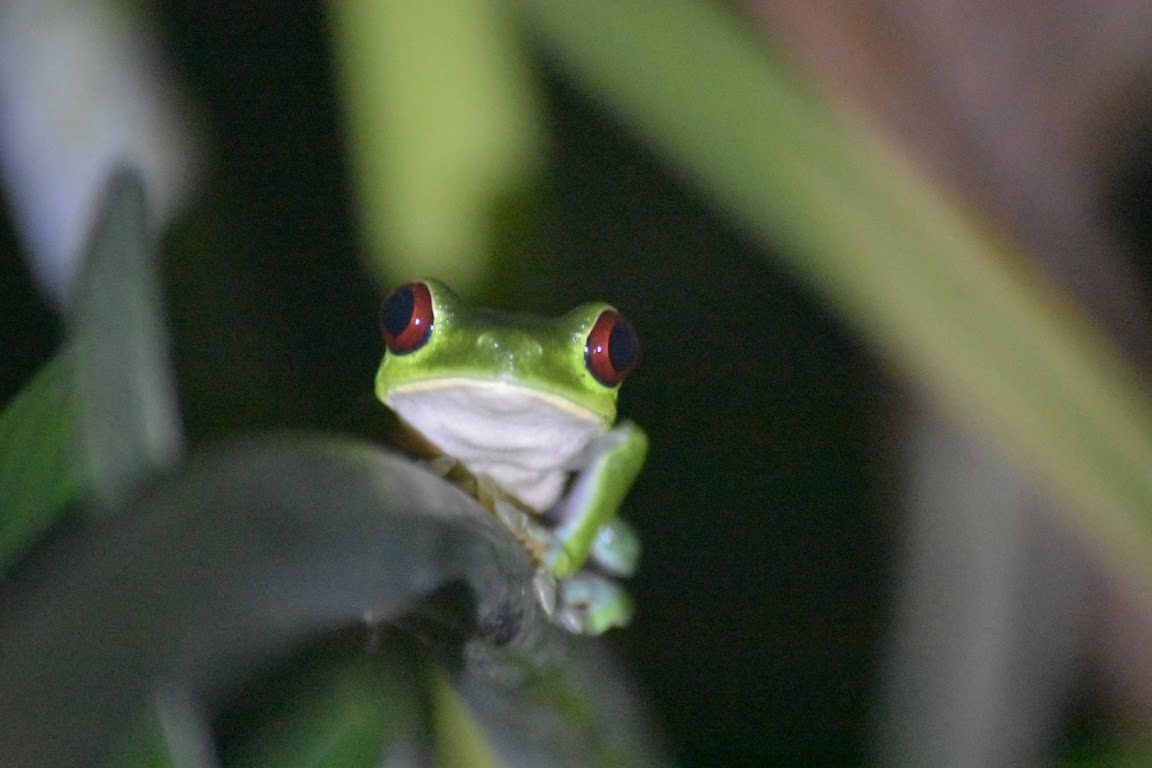Snorkelling with orcas in Norway on a budget (Or how not to)
In the frigid fringes of northern Norway, beyond the dotted line of the Arctic Circle, is the one and only place where one can (at present) go snorkelling with killer whales in the wild. With a bit of luck – mine unfortunately did not hold out this time.
I’m generally not hesitant to write articles when my wildlife hunts fail, though it is a bit of an inconvenience. From a blogging perspective it’s hard to write passionately about disappointment, to paint a picture of an experience that never happened, but nonetheless, it’s part and parcel of any bit of wildlife spotting. Since everything I learnt while out there still stands, here are the ins and outs of how to do it yourself and what I’d have done differently.
If you find this post useful, please consider making your bookings through the affiliate links on here. By doing so I’ll earn a small commission at no extra cost to you, helping me to support what I do. Cheers!
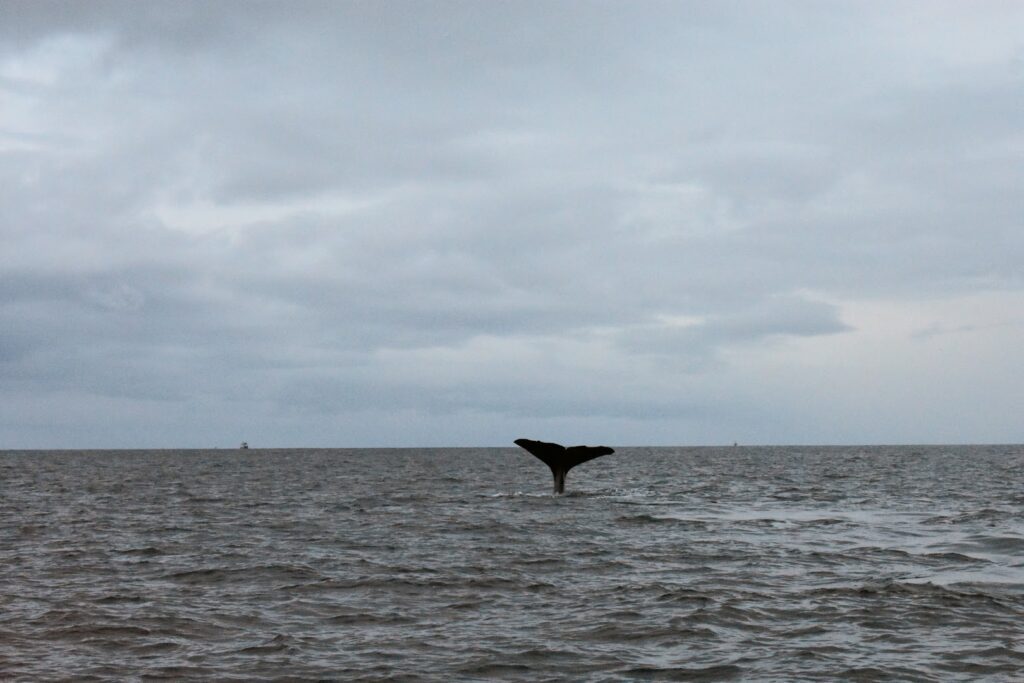
Contents
- Snorkelling with orcas in brief & doing it on a day trip
- Alternative 1: Going on an orca-snorkelling cruise
- Alternative 2: Spotting orcas from the boat
- Is it safe (and ethical)?
- The trip itself
- Skjervoy & what to do when you’re not snorkelling with orcas
- Where to stay in Skjervoy
- How to get to Skjervoy from Tromso
- A quick guide to Tromso
- Things I would have done differently
- And a couple of things I did right…
- My experience of whale watching
- How much Norway cost me
Snorkelling with orcas in brief & doing it on a day trip
Northern Norway’s fjords attract vast shoals of herring in the winter and, following them, come pods of orcas. Donning a heavy-duty drysuit, with plenty of layers underneath to keep you toasty, and slinking into the water to observe these majestic black-and-white animals swimming around is an experience unique to this corner of the world. You’ll also be in with the chance to get in the water with humpback whales too, should you encounter any.
Currently, the fishing town of Skjervoy is the only place where visitors can go snorkelling with them on day trips – otherwise you’re looking at a liveaboard cruise. Skjervoy is easily reachable from Tromso, which itself is serviced by frequent flights to most European cities.
There are two companies that offer day trips to go snorkelling with orcas: Whale 2 Sea and Lofoten Opplevelser, and I went with the former since it was significantly cheaper without any apparent reduction in quality.
Alternative 1: Going on an orca-snorkelling cruise
Starting and finishing in Tromso are a handful of winter cruises with a focus on snorkelling with orcas that, while much more expensive than travelling to Skjervoy and going out on day trips yourself, offer quite a few benefits. Logistics and food are all handled for you, the boats can head out further into the fjords in search of the orcas should the herring be on the move and during the non-snorkelling time you can mingle with fellow passengers, plus boats will make an effort where they can to show you the northern lights.
From my research, the cheapest option was this four-day catamaran cruise operating out of Tromso. Since it’s offered through Viator you’ll be able to reschedule or cancel even up to the last minute.
Orca Norway are a close second though they start from Alta, a town a bit further east along the coast from Tromso and not one one can reach directly from most of Europe.
Alternative 2: Spotting orcas from the boat
While not as awesome as being in the water with them, a pod of orcas in its natural habitat amidst the icy fjords is still a majestic sight. I ended up going for the non-snorkelling option since the operator told me my chances of actually seeing orca that day (and therefore getting in the water at all) weren’t great. Although they turned out right, it was still a great trip out so don’t knock it!
While I had travelled to Skjervoy, there are also whale watching trips available from Tromso itself to spot killer whales.
Is it safe (and ethical)?
Like with many things, snorkelling with orcas is by and large ethical if done in the right way. Responsible Travel, the authority on, well, responsible travel, has a whole piece on it and generally seems on board with the whole thing. To be sure, there are less scrupulous operators and captains out there who flout the rules, so be on the lookout for unethical behaviour such as getting too close to the animals, be this the boat or snorkellers, and report it to either the company or the authorities.
As for safety, there has never been a recorded deliberate attack by orcas on humans, and most of your group will have cameras. The bigger danger comes from the cold: while your drysuit will keep you dry and therefore provide a lot of protection from the icy water, you still need to come prepared with plenty of wooly layers (wool stays warm even when you sweat). And forgive me for stating the obvious, but make sure you’re reasonably fit and able to swim.
The trip itself
On offer from Whale 2 Sea is a trip to go snorkelling with orcas or humpback whales, a more expensive option and one which involves getting into a drysuit beforehand, and another which involves simply spotting whales from the zodiac. I ended up taking their ordinary whale watching (non-snorkelling) trip instead, for reasons I’ll get into in a few sentences, but it pretty much follows the same route as the snorkelling boat through the fjords just off Skjervoy – and, both begin with an early morning visit to Hotel Maritim.
Skjervoy’s only hotel, it’s a rectangular testament to Scandinavian minimalism by the port, so hardly inconspicuous. The Whale 2 Sea office is located just beside the hotel’s entrance, and it’s here that you’ll pay for your tour beyond the deposit plus where they’ll give you a pep talk. It was in this talk that they offered a realistic assessment of seeing, let alone snorkelling with, orca that day, and the verdict was it would be a very distant chance. They hadn’t been seen for two weeks at that point – it was likely that with winter easing up a tad, the herring had moved north.
Time for a bit of a gush: I felt Whale 2 Sea was quite good at what they did (and it was indeed a lovely tour), but what really impressed me about them was their honesty – snorkelling trips cost double the price of ordinary whale watching tours (£90 more to be exact). Had this happened in the UK or US, they would probably have not even mentioned the chances of spotting orca – wildlife can never be guaranteed, after all. Yet here they were turning a fair few people, myself included, over to the cheaper tour. Thank you Whale 2 Sea, very cool.
Once the pep talk is done, they’ll get you fitted with your drysuit if you’re snorkelling or a set of overalls if you’re not. Once you’re equipped, you head down to the awaiting zodiac and set off into the wilderness.
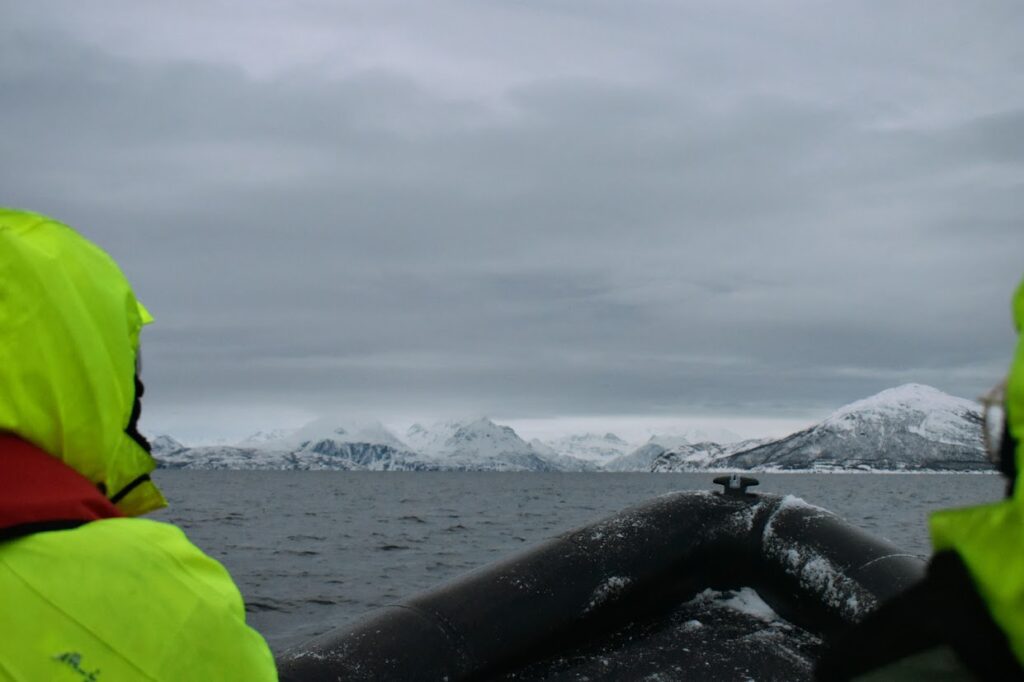
For my whole personal experience, jump down to the bottom of this article.
Also, here’s a video from Whale 2 Sea if you’re curious about what it’s like to be in the water with orcas.
Skjervoy & what to do when you’re not snorkelling with orcas
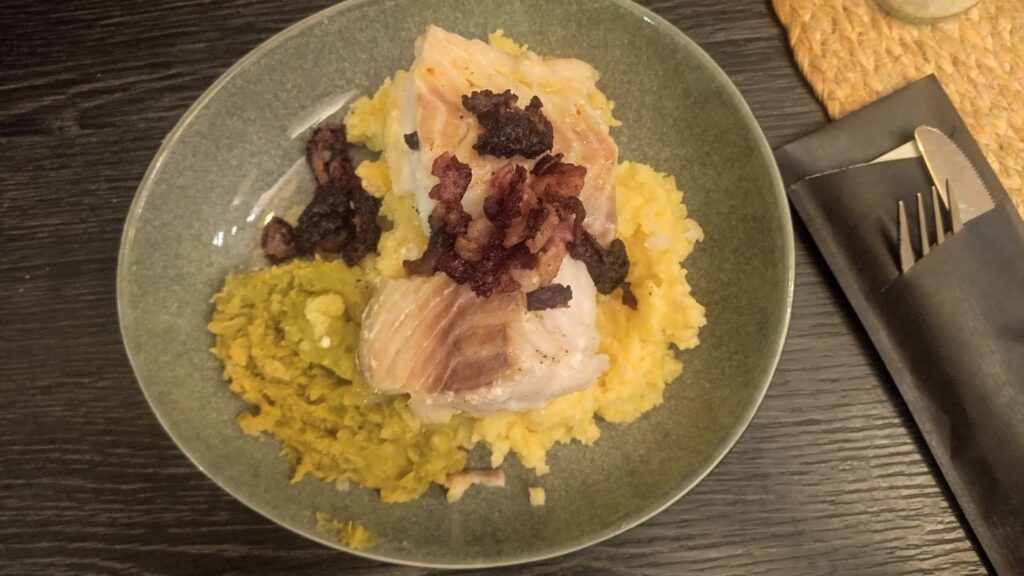
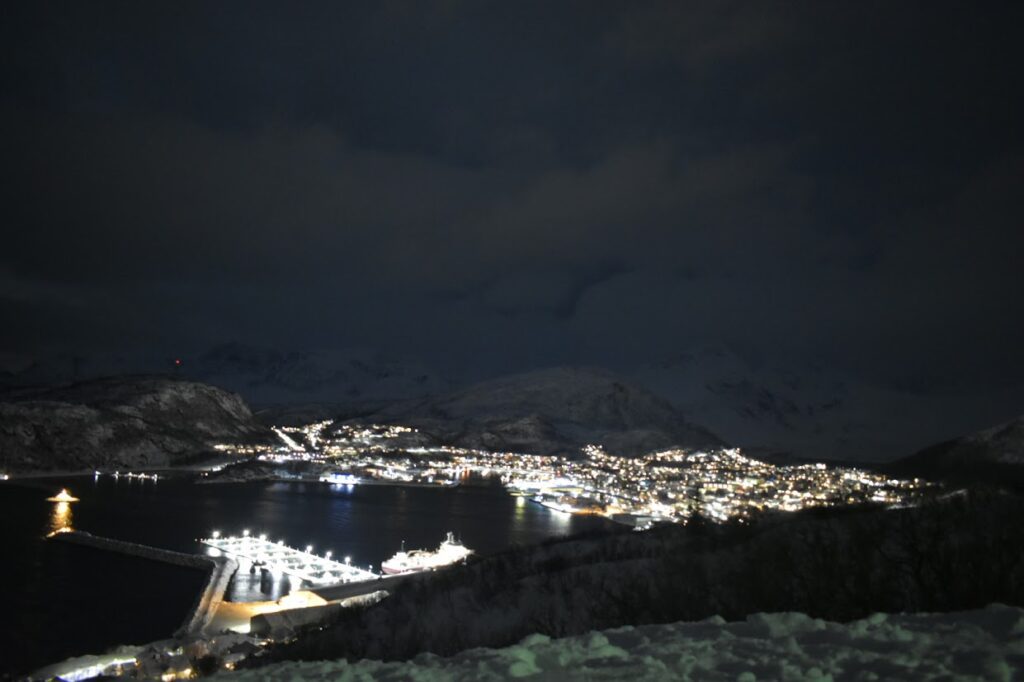

Skjervoy is a small bayside town of about 2 thousand people on a small island, connected to the Norwegian mainland by a road bridge. It consists primarily of a port and a high street one block inland, where there are for whatever reason a large number of furniture shops. There’s one hotel (Hotel Maritim) where Whale 2 Sea is based, and it also just so happens to have the town’s only bar. There’s one restaurant in town, Pa Hjornet, serving up simple Norwegian fare and cakes, where I went once for a hearty meal of cod and mash, topped with bacon crisps.
In terms of supermarkets, there are a couple of small ones in town and a much larger one about half an hour’s walk outside. Both roads and trails get ploughed regularly in winter, even the paths that lead into the surrounding hills. Even more extraordinary is the fact that there are lamposts lining them, for a good long distance away from town – Norwegians love their hiking, and winter darkness doesn’t keep them from it. While the hills are gentle and easy to climb, they nonetheless provide a fantastic view of the town if you get to the top of them.
Where to stay in Skjervoy
Many of Skjervoy’s bungalows are available as self-catering places, and the one I rented (Strandveien 71) was a delightful place to stay during my two nights here. Charmingly minimalistic as befits Scandinavia, the host was a lovely bloke who responded pretty much immediately if I had any questions and the cosy living room and double bed exude “let it snow” energy.
If you prefer somewhere serviced, Pa Hjornet Restaurant also run a guesthouse, while Hotel Maritim (the town’s only hotel) is the place to be if you want to be at the centre of town life, hosting Skjervoy’s only bar and Whale 2 Sea’s meeting point.
How to get to Skjervoy from Tromso
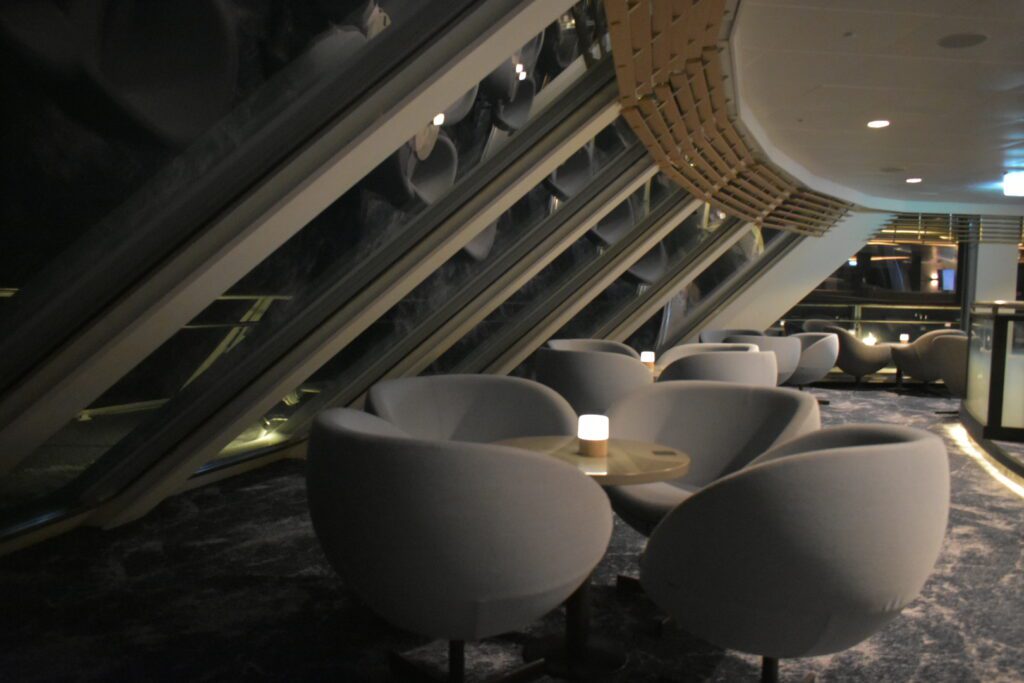
Skjervoy is well served by bus and ferry from Tromso. While it’s still wise to check the timetables in advance, there are a few departures daily which should give you plenty of options for travelling between either.
Ferries are run by Hurtigruten and Havila, both of which are primarily cruise companies plying the length of Norway’s coastline, but they also offer “Port to port” services with “Deck space” for short voyages such as this. I travelled each way with both and found them a pleasant place to while-away four hours. I could go out on deck weather permitting and attempt to look for the northern lights, sit down in one of the comfy chairs with my laptop or sample a pint of Norwegian ale. Expensive at £9 per pint, though refreshing. And, framing it as being only £2 more than in London made it bearable. I got talking to a bartender on one, who called Scotland “beautiful” when he found out I was from there. Coming from a Norwegian, that just made my day.
There’s also a speedboat and bus run by the local transport company, Troms Fylkestraffik.
| Company | Price and duration |
| Hurtigruten | £42, 4 hours, can bring a car onboard |
| Havila | £20, 4 hours |
| Troms Fylkestraffik speedboat | £32, 2 hours |
| Troms Fylkestraffik bus | 263, 4 hours |
A quick guide to Tromso
Tromso is many things – an outdoor adventure capital, the gateway to the Arctic and the world’s northernmost university town are all labels it’s donned for itself.
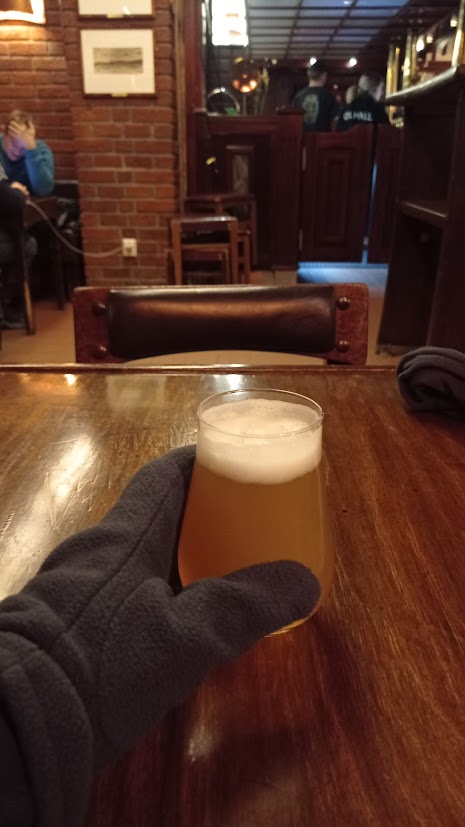

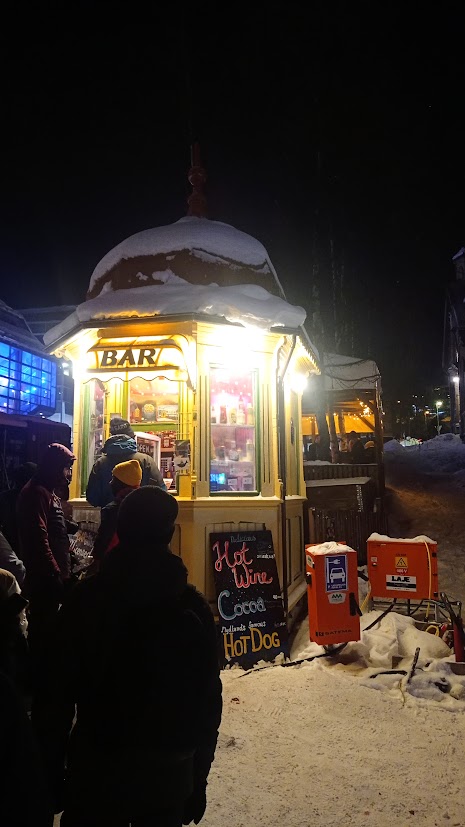
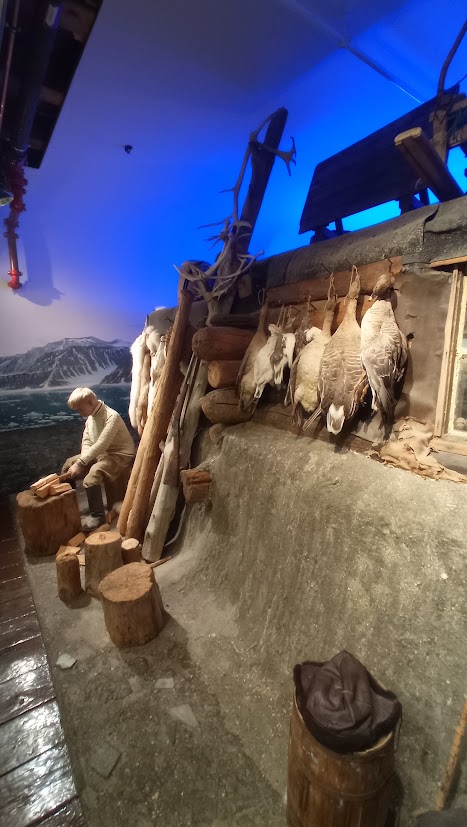
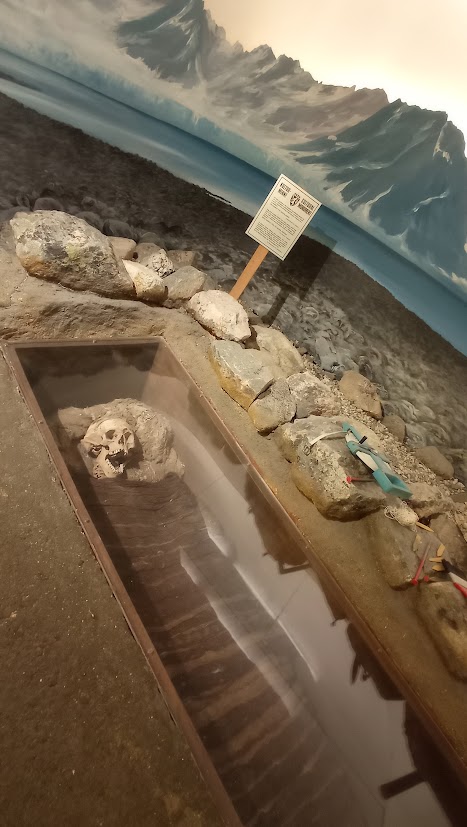

Much of it is wooden bungalows, with a small city centre area near the ferry port. Here, you’ll find the Polaria Aquarium with a beloved collection of seals and the Polar Museum, a two-storey building I can only describe as fascinatingly depressing. The first floor is dedicated to the hitherto-main-industry of the Arctic: hunting and trapping anything that moved. While I do think it’s important for museums to be realistic and educational, a stuffed seal staring up with dewy eyes at a mannequin about to bash its head in probably should have come with an R rating. The second floor, on polar exploration, is chock-full of stories of explorers like Roald Amundsen that drive home just how dangerous exploring the Arctic could be, and even contains the skeletal remains of an Arctic explorer unearthed years later.
A budget traveller’s experience of Tromso is likely to involve hot dogs, the only cheap and local thing one can get out here. There’s a smattering of 7/11’s in the centre that do them (not very traditional, but the cheapest eat in town nonetheless) or there are kiosks including the highly popular Raketten, where reindeer sausage is one of the options. As for where to lay your head, Airbnb is likely to be your best bet. Tromso is quite walkable, though if you need to take a bus you can get pretty much anywhere. Check Google Maps or ask someone to get the correct one.
Tromso has quite a vibrant nightlife, perhaps not surprising at a time of 20-hour darkness, though be warned: Norway is known for its pricey drinks, and that reputation isn’t unfounded. A 33 cl mug of the world’s northernmost microbrew at Olhallen set me back a cool £10.50.
Pretty much everywhere in Norway takes cards.
Things I would have done differently
Going in December
Wildlife is wildlife – attempting to spot it will always be a gamble, no matter which way you cut it. Nonetheless, if I were to re-attempt this I would do it in December, the middle of herring season, to give myself the best possible chance. Based on the fact that the herring had moved north earlier than previous years, the latter half of January may just be too much of a gamble.
A note on trying to spot the northern lights
Seeing the northern lights was another big aim of mine on this trip, as one does when in Norway during the winter, and like orca spotting it did not pan out. My plan had been simple: with five nights in Norway I’d thought at least one of them would be clear enough, and with hiking paths near Tromso and Skjervoy I’d be able to head out to a darker spot one night and enjoy the show. I liked the plan’s simplicity.
Until it all fell apart: every single night was clouded over. Let me tell you I’ve never been so excited to see a couple of stars, but that’s as clear as it ever got. One of my Airbnb hosts told me that the coast is generally quite cloudy, so for that reason aurora tours from Tromso often head inland, sometimes to the border area with Sweden and Finland.
If you go with the intent of seeing the aurora, either factor in a night in Tromso to go on one of these tours or head to Skjervoy by car so that you can drive inland at night. Regarding the latter, driving in Norway during the winter is not actually that difficult since roads are regularly plowed and rental cars automatically come with snow tyres. Doing so also gives you something to do during the time when you’re not snorkelling.
Booking everything a little more in advance.
I wasn’t completely last-minute, but leaving flights and accommodation until three weeks before did mean prices for each had gone up a fair bit. Don’t underestimate how popular Tromso gets in the winter – people looking to ski, see the aurora or go dog-sledding flock here in the snowy months.
Furthermore, orca snorkelling day trips and cruises alike often sell out, especially in December, so try to book at least two months in advance (you’ll only pay a small deposit in any case).
Booking multiple tours
I almost decided to rename this whole section since this is not something I’d personally do. At £180 per tour, it would make for an expensive strategy – though it would still take quite a few to make it more expensive than cruises. Additionally, it is the best way to hedge your bets on a budget, plus you might get in the water with orcas multiple times.
And a couple of things I did right…
Booking a few days in Skjervoy.
On the first day, the boat trip got cancelled due to rough winds, so having an extra day up my sleeve meant I was still able to do one of the things I’d come here for.
Bringing plenty to keep me entertained.
Beyond the hiking trails and whale watching, Skjervoy has little to offer visitors. Bringing my laptop and a good book kept me sane during the quieter moments.
My experience of whale watching
“They warned us we might get sprayed. Intrepidly sat at the front, it’s not as bad as I’d anticipated but nonetheless I’m glad I’ve got my camera in my backpack. The bone-chilling breeze keeps my eyes narrowed. The sky is overcast and the light is dim, the sun not quite making its way above the horizon at this time of year. Norway alternates between pitch blackness and twilight at this time of year, and we’ve only a limited amount of time to see as much as possible. It’s a comfy ride nonetheless thanks to my layers and my overalls cocooning me like a waterproof duvet, and the scene unfolding around us more than makes up for any inkling of discomfort.
On either side of me are snow-covered hills, black and white like the orcas we’d hoped to snorkel with, plunging into the sea. The pep talk told us that beneath the boat is 700 metres of water and herring, and that’s what’s brought a variety of whale species to the area – we’ve a good chance of spotting humpback and sperm whales today, and fin whales are also a possibility. We spot a few hardy gulls and a majestic sea eagle flying overhead, no doubt in a rush to make the most of few hours in which they can eat. Unlike the whales, they haven’t the luxury of fishing at night. There must be quite the bounty beneath the waves for them to be tempted to stay at this time of year.

By instruction of the captain we’ve to keep our eyes out and point out any whales we see, so I feel a bit of a competitive undercurrent running through me and my fellow whale watchers. Then again, living in London may have done that to me. Where they may pop up is a game of chance though, and sure enough one of the people beside me spots a spout I lay eyes on a second later. Rats. Oh well, there’s always next time.
The captain gets us closer then cuts off the engine so as not to disturb the beast. It’s a sperm whale, a deep sea diver. The snorkelling boat beside us won’t be able to get in the water with this one, for sperm whales are shy about humans being in the water with them. It doesn’t seem too concerned with the boat, perhaps rather strangely for the species that inspired Moby Dick, and lingers about on the surface for a couple of minutes before it starts to lurch forward. It’s going to dive, and everyone gets ready to see it lift its tail into the air. Sure enough it does so, with many a gasp and whistle from those onboard.
We press on, and as I look over to the side another spout erupts from the surface. I quickly raise my arm to claim my mini victory, and the boat turns towards the whale. This time it’s a humpback. Just like the sperm whale it lingers about at the surface, lurching a couple of times to announce its imminent deep dive, before doing so and raising its tail, almost like it were giving us a farewell salute. The snorkelling boat has, mysteriously, disappeared from view for now, but we find out afterwards that they were unsuccessful in spotting orca. It would appear they really have moved on.
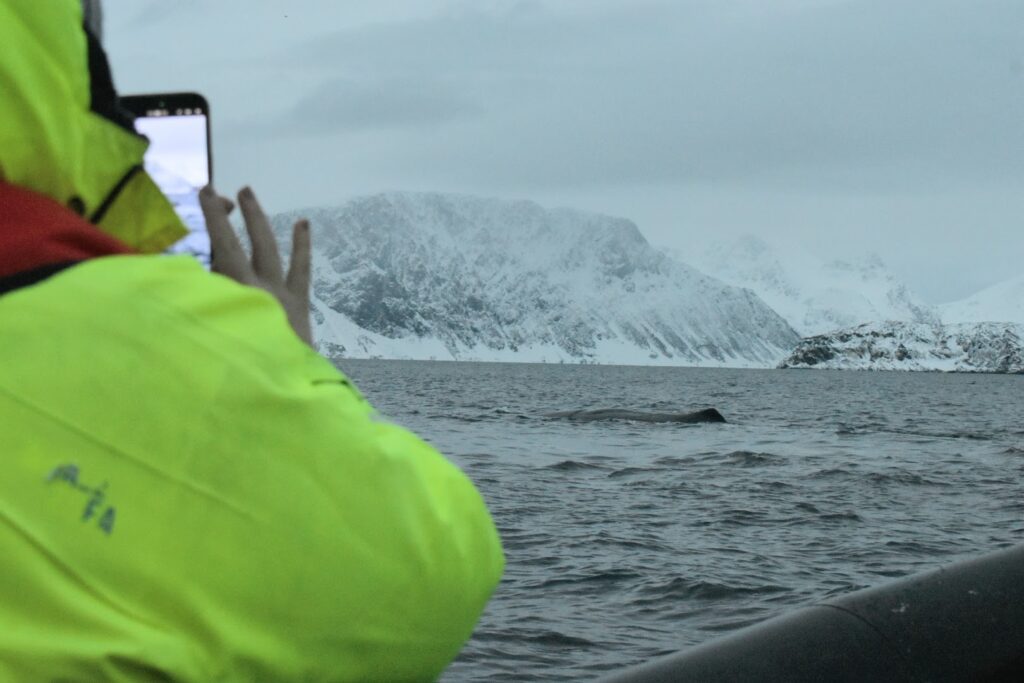
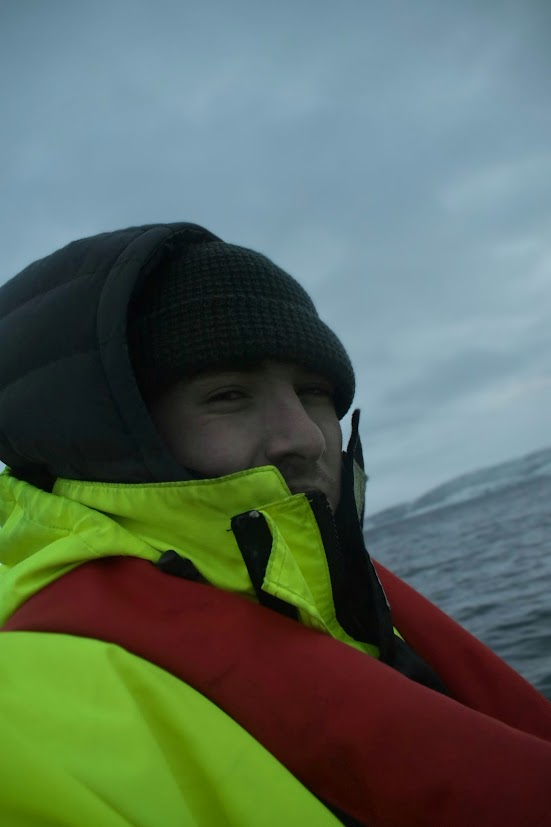
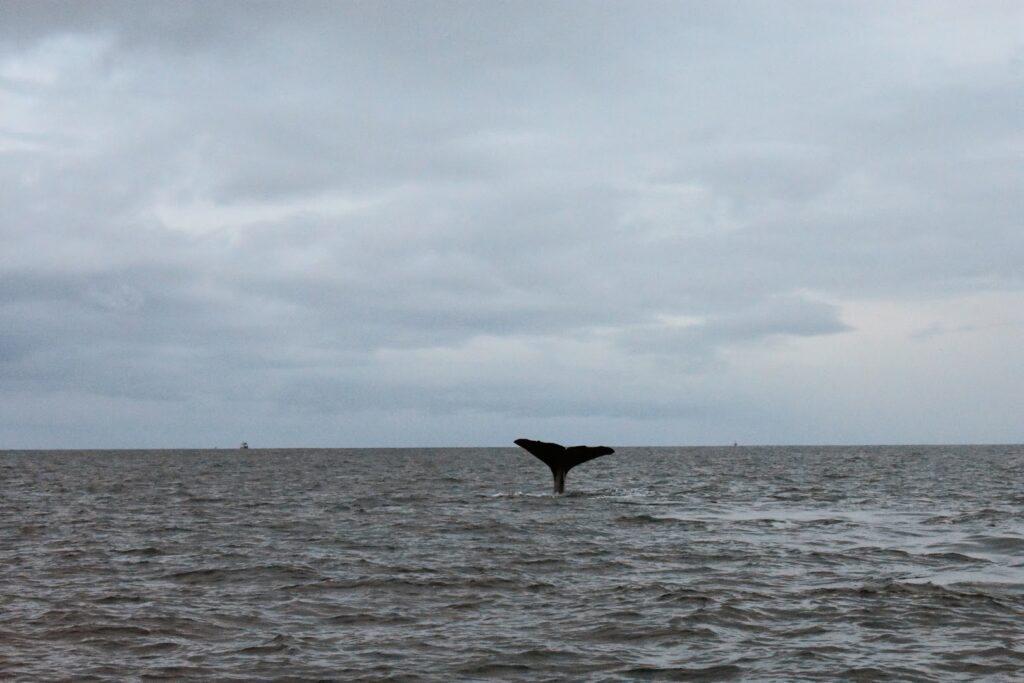
Over the course of our three-hour tour we get somewhat close to one of both species, while still maintaining a respectful distance, and I get shots aplenty. One scene that’s etched into my mind comes when we near the mouth of the fjord and one spout after another pops up, with the whale’s back in view if it surfaces close enough. If my memory serves me correct there were seven whales in view at once – a truly magnificent sight, and a reminder that despite Europe being thought of as a place for food holidays or city breaks, raw nature can be found on the Old Continent if you know where to look.”
How much Norway cost me
Flights (return from London to Tromso with Wizz Air): £137
Self-catering in Skjervoy: £90/ night
Airbnbs in Tromso: £70/ night
Ferries from Tromso to Skjervoy return: £40
Whale watching: £109 (it would have been £180 for snorkelling with orcas)
Pint of beer: £10.50
Hot dog: £5.48
Groceries to last a day: £10



